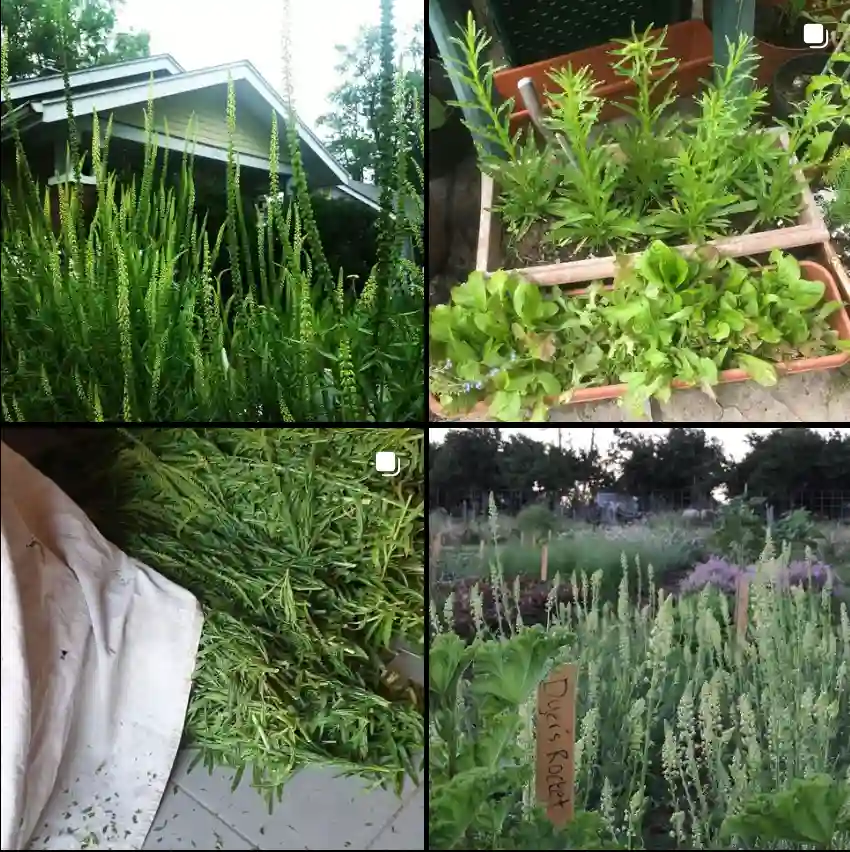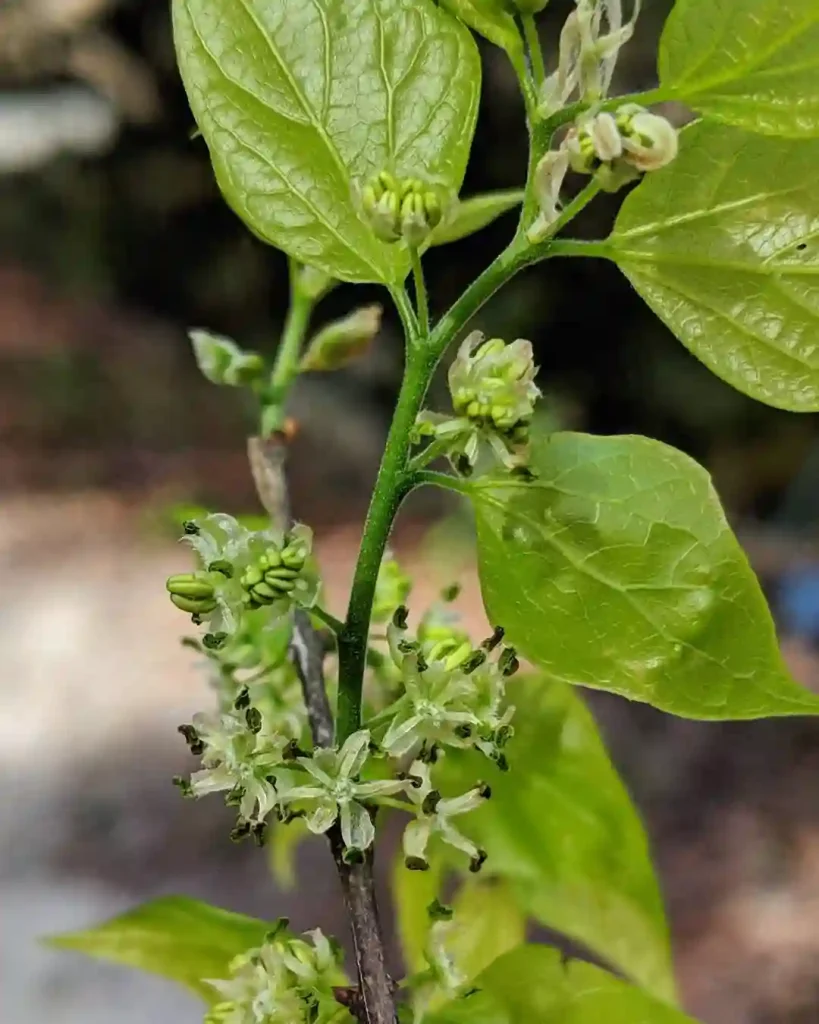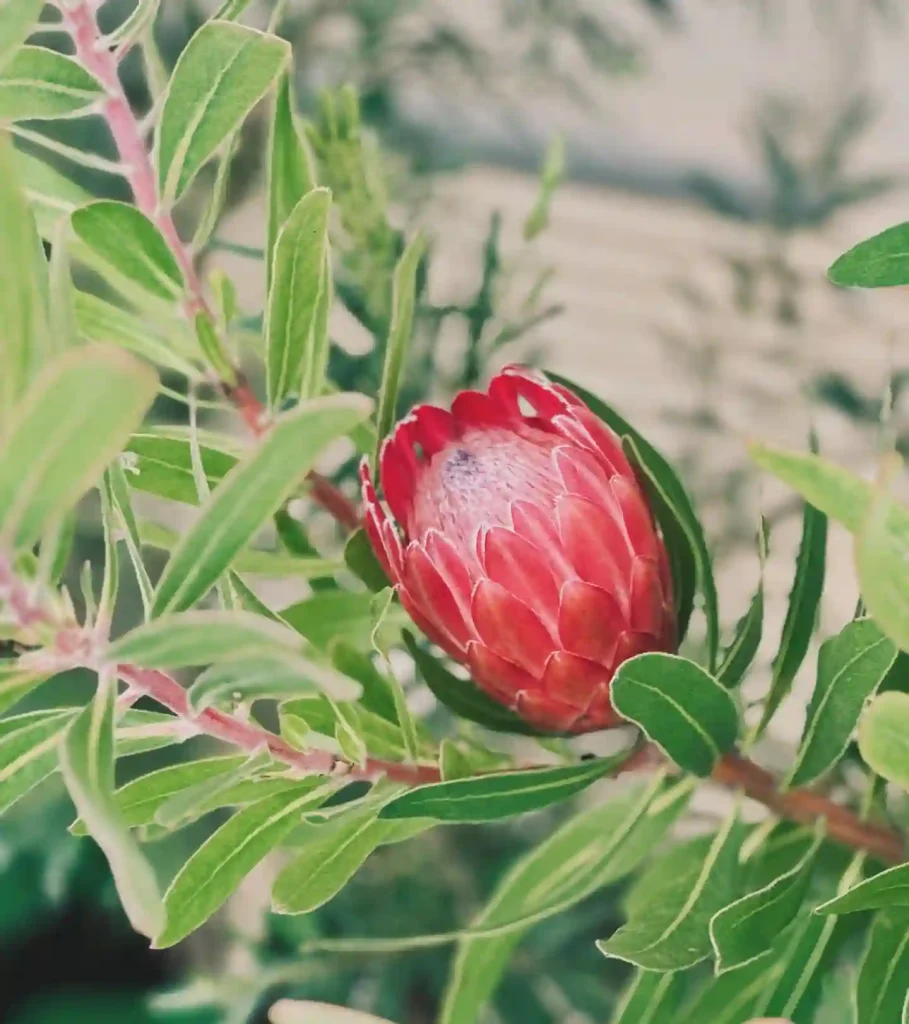My Fascination with the Burseraceae Plant Family
As a botanist, I’ve always been captivated by the diversity and resilience of the plant kingdom. One family that particularly intrigues me is the Burseraceae, a group of trees and shrubs renowned for their aromatic resins and ecological significance.
A Global Family with Ancient Roots
The Burseraceae family boasts a global distribution, with species found in tropical and subtropical regions across the Americas, Africa, Asia, and Australia. Their evolutionary history dates back millions of years, with fossil evidence suggesting their presence during the Eocene epoch.
Genera List of the Burseraceae Family
The Burseraceae family encompasses a diverse range of genera, each with its unique characteristics and ecological roles:
- Boswellia: Renowned for producing frankincense, a fragrant resin used in religious ceremonies and traditional medicine for centuries. – 23 Species in Genus Boswellia
- Commiphora: Produces myrrh, another aromatic resin with historical and medicinal significance. – 181 Species in Genus Commiphora
- Bursera: A diverse genus of trees and shrubs found in the Americas, known for their fragrant resins and ecological importance. – 120 Species in Genus Bursera
- Canarium: Includes several species valued for their edible nuts and timber.
- Protium: A widespread genus in the Neotropics, known for its ecological diversity and resin production. – 154 Species in Genus Protium
- Ambilobea: A genus native to Madagascar, known for their resinous bark and aromatic leaves.
- Aucoumea: A monotypic genus containing the single species Aucoumea klaineana, a large tree native to tropical Central Africa, valued for its timber known as okoumé.
- Beiselia: A small genus endemic to Madagascar, characterized by their small trees or shrubs with pinnate leaves.
- Dacryodes: A genus widely distributed in tropical regions, known for their resinous bark and fruits, some of which are edible.
- Garuga: A genus of flowering plants found in tropical Asia, Africa, and Australia, known for their pinnate leaves and small, fragrant flowers.
- Haplolobus: A genus of flowering plants native to Southeast Asia, characterized by their pinnate leaves and resinous fruits.
- Pachylobus: A genus of flowering plants found in tropical Africa, known for their large, fleshy fruits and timber used for various purposes.
- Pseudodacryodes: A genus of flowering plants found in tropical America, closely related to Dacryodes but distinguished by its floral characteristics.
- Rosselia: A small genus of flowering plants endemic to Madagascar, known for their unique floral structures and resinous bark.
- Santiria: A genus of flowering plants found in tropical Asia and the Pacific Islands, characterized by their pinnate leaves and small, often red, fruits.
- Scutinanthe: A genus of flowering plants native to Southeast Asia, known for their aromatic wood and resin used in traditional medicine and incense.
- Trattinnickia: A genus of flowering plants found in tropical America, known for their resinous bark and timber used for various purposes.
- Triomma: A genus of flowering plants found in tropical Africa and Madagascar, characterized by their trifoliate leaves and resinous fruits.
Aromatic Resins: A Signature Trait
One of the most distinctive features of the Burseraceae family is their production of aromatic resins. These resins, often secreted from specialized ducts within the bark or leaves, serve a variety of functions, including:
- Defense: Deterring herbivores and pathogens.
- Healing: Sealing wounds and preventing infections.
- Pollination: Attracting pollinators with their fragrance.
Ecological Importance: Beyond Resins
While their aromatic resins are undoubtedly significant, the Burseraceae family plays a much broader ecological role. Their trees and shrubs provide:
- Habitat: Offering food and shelter to a wide range of animals, including insects, birds, and mammals.
- Soil stabilization: Their extensive root systems help prevent erosion and maintain soil health.
- Carbon sequestration: Contributing to climate regulation by absorbing carbon dioxide from the atmosphere.
Human Uses: From Ancient Times to Modern Applications
The Burseraceae family has a long history of human use, dating back to ancient civilizations. Their aromatic resins have been prized for:
- Religious ceremonies: Frankincense and myrrh have played central roles in religious practices for millennia.
- Traditional medicine: Various Burseraceae species have been used in traditional medicine to treat a range of ailments.
- Perfumery and cosmetics: Their fragrant resins are still used in the perfume and cosmetics industries today.
Modern Research: Unlocking New Potential
In recent years, modern research has shed new light on the Burseraceae family, uncovering their potential for:
- Drug discovery: Several Burseraceae species have shown promising anti-inflammatory, anti-cancer, and anti-microbial properties.
- Sustainable agriculture: Their ability to thrive in harsh environments makes them potential candidates for agroforestry and land restoration projects.
- Climate change mitigation: Their role in carbon sequestration highlights their importance in combating climate change.
Conclusion: A Family Worth Appreciating
The Burseraceae family is a testament to the wonders of the plant kingdom. Their aromatic resins, ecological significance, and diverse human uses make them a group worth appreciating and conserving. As a botanist, I’m excited to see what further research reveals about this fascinating family and its potential to benefit both humans and the planet.
If i die, water my plants!



